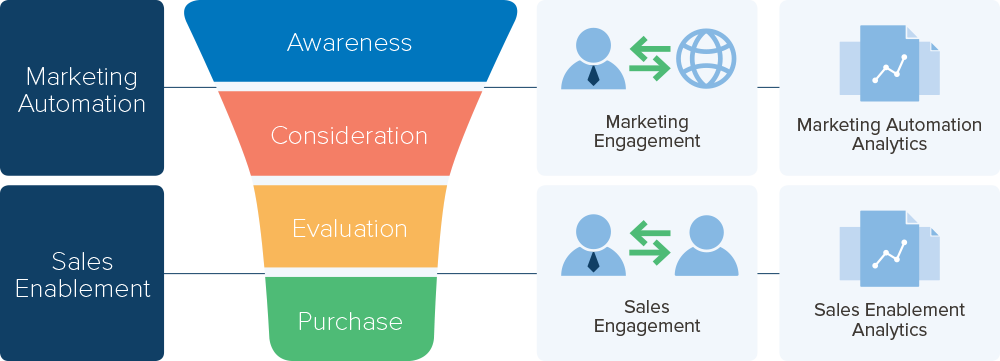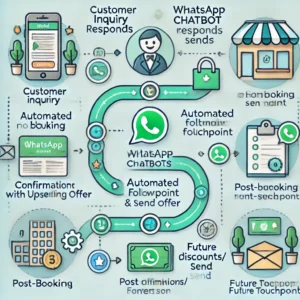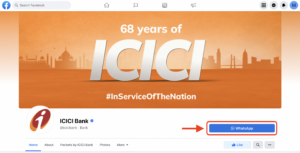Table of Contents
ToggleThe sales team will only do the selling according to the instructions given to them.
Your sales process is not aligned, you’re struggling to align it.
So,
Having the right content into the hands of right seller at the right time with the right channel to progress a opportunity.
Sales enablement can make a difference in your sales strategy and Revenue.
Sales Enablement is on the minds of sales managers and executives everywhere.
Sales enablement can be vast, complex, and often vary from one organization to the next. There is no one-size-fits-all method for executing a sales enablement plan.
But if done right it can give incredible results. With services like Uber and Netflix conditioning people to expect tailored, on-demand experiences, adoption of the right sales enablement tools helps B2B companies align with the times.
It’s no longer about pushing prospects through a sales funnel.
Enhancements to the sales process should focus on this fundamental shift.
1st Tip:
You can’t have a very expensive sales or marketing model at the beginning of the revenue. Everything needs to be organized and managed.
While our team was doing some research on this topic, I came across various videos of Guy Kawasaki.

A review on his sales techniques:
- Go after “agnostics,” not “atheists”
Though he gave the theory a little different context, what he meant was
“fix for people who is buying, ignore the people who are atheist.”
People with a belief of atheists are really difficult to convince. Even if the product you created might be of their form. They still won’t be convinced to buy it. It is difficult to convince an atheist to convert into ur culture.
- Let a hundred flowers blossom (the theory he picked up from Mao Zedong Chairman of People’s Republic of China)
The reference here means,
sow seeds in many markets, see what takes root, and harvest what blooms.
Many companies freak out when intended or unintended customers buy your product.
It makes the companies worry why are the unexpected people buying your product and using it.
Don’t try to read too much into it. Just take the money. Don’t be proud.
- Find the key influencers
People think selling a new product is about sucking up. Sucking up to people on the higher authority in the company won’t help. Like the CEO, Directors, etc.
The people who are actually making the decisions are the secretary, administrative aide, database administrator, or customer service manager.
They are the people who are with titles and do the real work, however.
They know what products and services are needed, and the CEOs ask them for their recommendations.
- Enable Test drive
Let your customers know they are smart. Don’t try to force them to buy your product. Convince them to use your products. Give them a test run on the product.
Let the customer decide for themselves. His recommendation states, that you should enable people to test drive your product or service in order to make their own decision.
Therefore, do whatever it takes to enable people to download a trial version of your software, use your web site, drive your car, etc.
- “Sell,” don’t enable “buying”
For selling to work, you need face-to-face, personalized, and intense contact. Advertising can’t do this, so for most organizations, the best lead-generation methods are seminars, presentations by company executives, and schmoozing.
With a little luck and determination, you may wake up one day to find that you no longer need to sell because your product is being bought
- Make prospects talk
Since the prospect is ready to close the deal, all you need to do at this point is
- Ask questions to get them talking about their needs
- Shut up and listen to them
- Explain how your product or service fills their needs
Some times the salesperson doesn’t know your product well enough, and won’t just shut up.
As Guy Kawasaki said about this technique is just to shut up and listen to your prospects. Hence, there’s clearly a reason why God gave us two ears but only one mouth.
- Provide a safe, easy first step
Make your product as easy to use as possible. If you combine this stress-free approach with a compelling product or service, you’ve got it made.
If your prospects have to jump through hoops to adopt your product or service, then you must convince them that doing so is worth the effort.
Why do startups need a sales strategy?
Different companies have a different take on the sales strategies. Most strategies involve a detailed plan of best practices and processes set out by management.
Sales strategies are typically developed by a company’s administration, along with its sales, marketing, and advertising managers.
While marketing strategy focuses on increasing your visibility, a well-defined sales strategy helps you make real quantifiable profits.
A sales strategy is required by startups
- A sales strategy allows us to address the needs of customers at an early stage.
- It improves the ROI of your sales team.
- It enables you to hire the right people.
Sales strategy is important because it helps you foresee potential risks. Writing down a plan also makes it a reality and formulate a battle plan if required.
Sales strategy is required even more when a product is being offered in a variety of markets.
It helps you devise strategies according to the culture, needs, and requirements of each consumer market.
Sales Planning: Sales strategies for a startup:
There are two primary types of sales method – Inbound and Outbound
With inbound, it’s the prospect that starts the sales process, while with outbound, it’s a sales rep that contacts the prospect first.
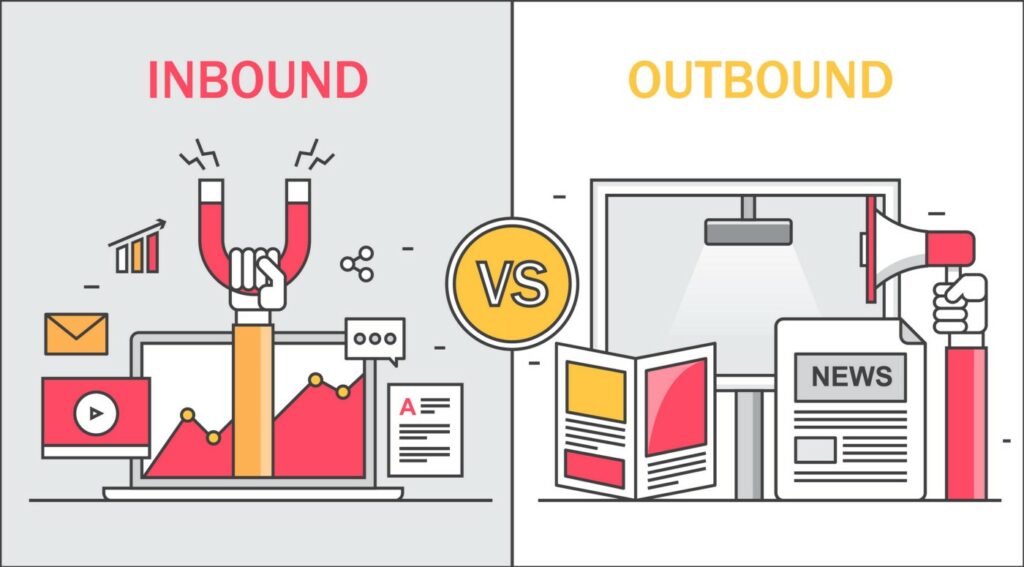
Which type of sales method to choose?
There isn’t any fixed rule for this question. No survey, or no scientific way to determine which is the right way for a specific company at a specific moment in time.
Outbound Sales can also be effective because
- Highly-targeted outreach
- Immediate feedback and results
- Personal contact with prospects
- Control over the pace of marketing and selling
Inbound Sales can be effective because
- It can provide quick, cost-effective wins for your business.
- Conversion of qualified leads into sales
- Increase brand/product visibility and awareness
- Building long-term relationships
What is better?
Combining Outbound and Inbound
Use a mixed approach of inbound and outbound sales to grow your pipeline.
Once you have those inbound leads, you can use outbound methods to follow up with them, qualify them, and close the deals.
Types of Sales Stratergy:
The sales strategy is based on 3 factors –
- Sales strategies for hacking into newer audiences
- Sales strategies for getting repeat business from existing customers
- Sales strategies aimed at improving the conversion rate of the existing leads
Startup Sales Strategy-Basis:
1. Customer Knowledge
- Problem the product/ service solves
- Why they buy
- Where do they buy
- What they are willing to pay
2. Market Knowledge
- Market Size
- Competitors
- Distribution Channels
- Market Gaps
10 sales strategies for startups:
- Define your customer profile
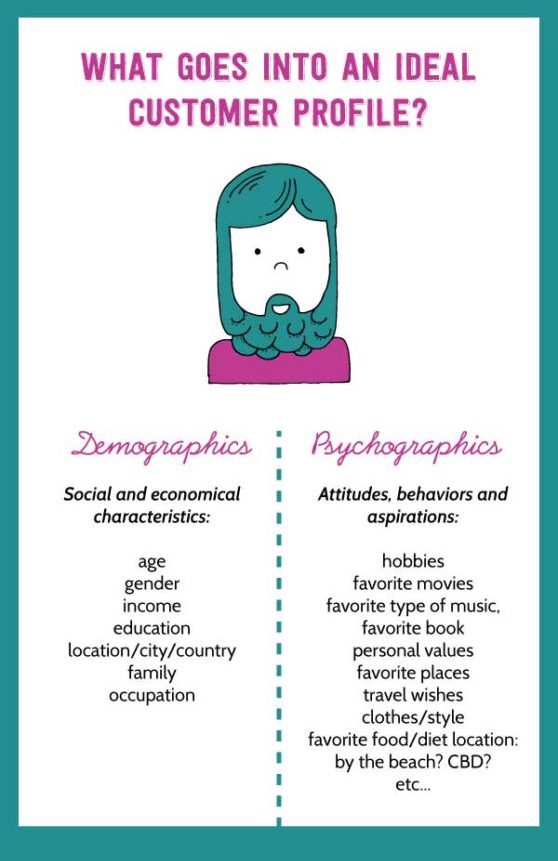
Can you describe a perfect customer for your product?
Your sales strategy needs to lead with a clear articulation of the challenge you can help your prospect solve. It is important to understand your target customers decide how much revenue you want to derive from them.
Build your sales strategy around being genuinely helpful to your target audience.
2. Target a smaller market (Clear Revenue Goals)
Targeting a smaller market allows your company to develop a better understanding of your target audience and their specific needs and challenges.
When you target a wider market, it becomes difficult to understand and address their business challenges. Use the sales strategies and take baby steps by concentrating on a specific market and business size.
This makes it more efficient to cater to your product or service to suit your target audience perfectly.
3. Be an advisor to your prospects (Listen to your customers)

Your knowledge about your product won’t help in capturing your prospect’s interest. It will work if you know about their business issues.
Companies want a solution to their problem, they are not interested in knowing about your product’s excellent features. Spend more time listening to the prospect rather than just going on with your product’s tale.
4. Experiment with your sales strategy
Sometimes a CEO or Director of a company may have a few ideas they would want to implement. As per them, every new idea is a great idea that he or she wants the entire company to chase. You may hamper your progress with this method.
Some companies may acquire an enterprise deal. They start to just focus on creating such deals.
( P.S – Enterprise sales are essential sales that involve large-scale corporate solutions with multiple decision-makers, and a higher level of risk than traditional sales)
It should be an experimentation stage, where the sales should be established at the top and pushed down into an organization.
Startups initially focus on transactional sales in the early stages of their business, because they typically involve lower risk, have shorter sales cycles, and are driven by marketing and sales.
A motivation by good leadership also goes a long way.
Few things should be clear before beginning the experiment
- What are you here to test?
- Identify the different factors
- Design a process
- Agree to a timeline and be crystal clear on the goals
Then the KPI’s will determine if the process worked out. If it has worked out, you need to cap out the options.
5. Develop And Communicate Clear Positioning
Sales reps, struggle to be fabulous at multiple sales motions. So, when you are creating a sales strategy, it is important to differentiate the roles for the members of the sales team and ensuring to prioritize and incentivizing the right motion within those roles.
Wheather, a company is involved in inbound or outbound sales, it’s important for you to go into it with personal conviction. You need to consider all the factors in the sales team.
Every model has its strengths and its weaknesses. And your part here as a sales leader is to lean into its upsides.
- Focus on articulating the end result
Once you’ve captured your prospect’s attention with the solution your products provide them, it is important to explain to them how this will happen.
For instance, if you’re selling a chatbot software to a website who doesn’t know how to integrate it or use it. you’ll need to educate them about how the platform will work, how much of a time investment they should expect to make in managing it.
Also, explain that moving forward the types of ongoing support they’ll have access to.
This sales strategy is relevant when the product or service requires some kind of guidance on the part of the seller.
Your prospect needs to know exactly what they’re going to get as far as deliverables when those milestones will be met, and the downstream impact they’re expected to have on their business.
7. Collect qualitative insights and customer data’s
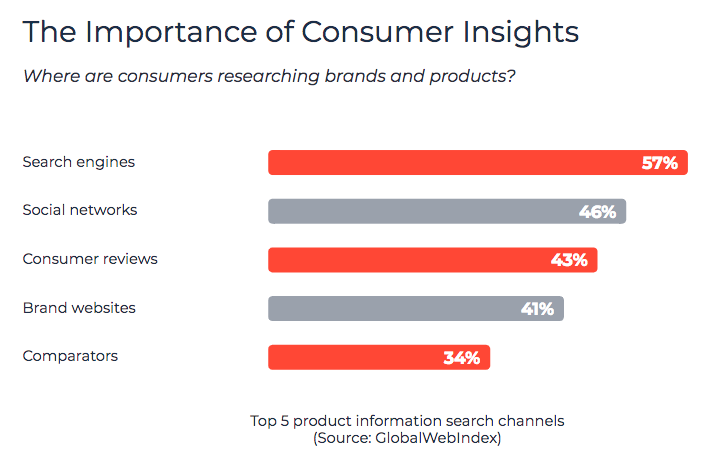
Collecting customer insights has several benefits
- You can have a more compelling outreach.
- Follow-up emails that get to the depth of their pain-points
- You’ll be able to address sales objections not just by logic, but based on the prospect’s goals and motivations
- You will know when to share on a certain aspect of your solution or features with each customer demographic and buyer type
8. Know what your competitors offer –
How are you better from your competitors?
Customers now compare the products to find out what’s better and what will be beneficial for them. So, it is essential to find out and display your competitive advantages impactfully.
There is a book by Guy Kawasaki about “How to Drive Your Competition Crazy.”
The book involves disrupting the existing marketplace.
This disruption will not run your competition out of business.
Instead, executed properly, it will open new opportunities for you while squashing some of your competition’s advantages.
Driving your competition crazy is essentially a deliberate process that can yield very tangible results.
9. Time For A SWOT Analysis
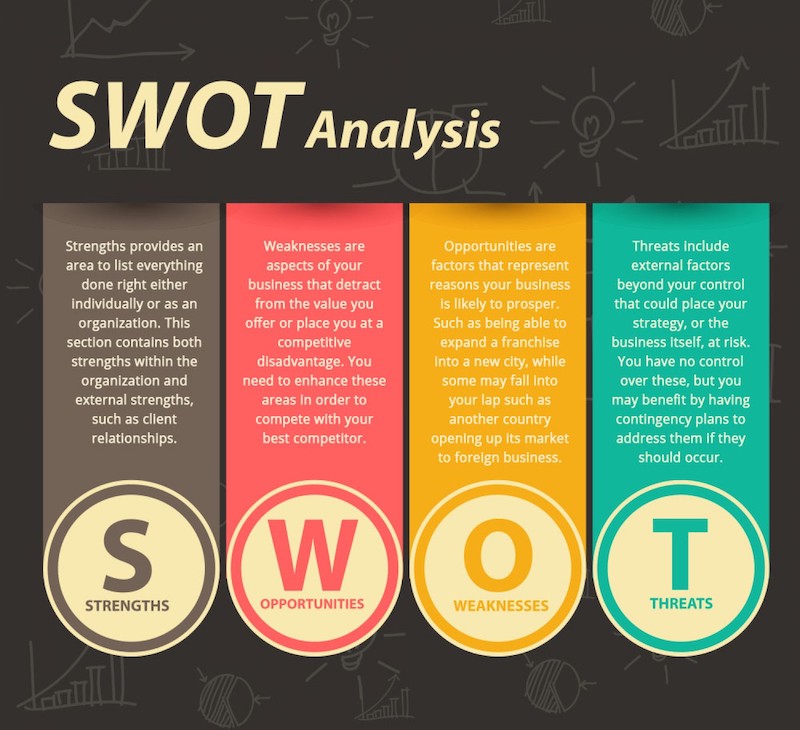
Your job is to figure out how to leverage your strengths to capitalize on opportunities. Ask yourself and your team what needs to be done to minimize these threats and weaknesses. Be specific in your efforts.
Look for the reasons, like why your sales team wasn’t able to close the deal, Why aren’t you selling to the existing client?
You will need all this information to build your plan.
10. Automate your follow-up processes
Following up with prospects is a crucial tactic of any good sales strategy.
If the prospect doesn’t give you a definite “no”, keep following up with them until you close them. If you do get a “no”, however, you should certainly stop following up and focus on other prospects.
One of the easiest ways to reclaim time is to streamline your follow-up processes is with the automation tools. By using the right technology and processes, you can automate many steps of the follow-up process.
BigRadar offers great sales tools for organizations looking to improve their follow-up and sales processes.
Conclusion:
In addition to understanding your customers’ pain points, you must also understand how they approach their solution.
If they’re tech-savvy and are comfortable searching online for the solution, you might want to work on your inbound sales strategies so your product gets more visibility online and consistent, fresh leads fill up your pipeline.
In the end, everybody should have a complete idea of what they need to do during a certain timescale.
This will help create a great sales strategy and achieve your targets.
About the author
Everyone at BigRadar contributes to the blog.
- BigRadar Teamhttps://bigradar.io/blog/author/bigradar/
- BigRadar Teamhttps://bigradar.io/blog/author/bigradar/
- BigRadar Teamhttps://bigradar.io/blog/author/bigradar/
- BigRadar Teamhttps://bigradar.io/blog/author/bigradar/
